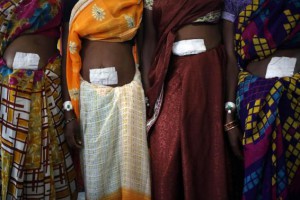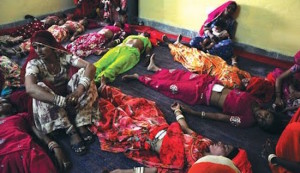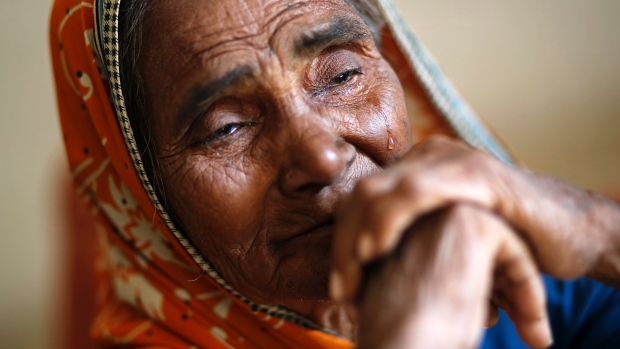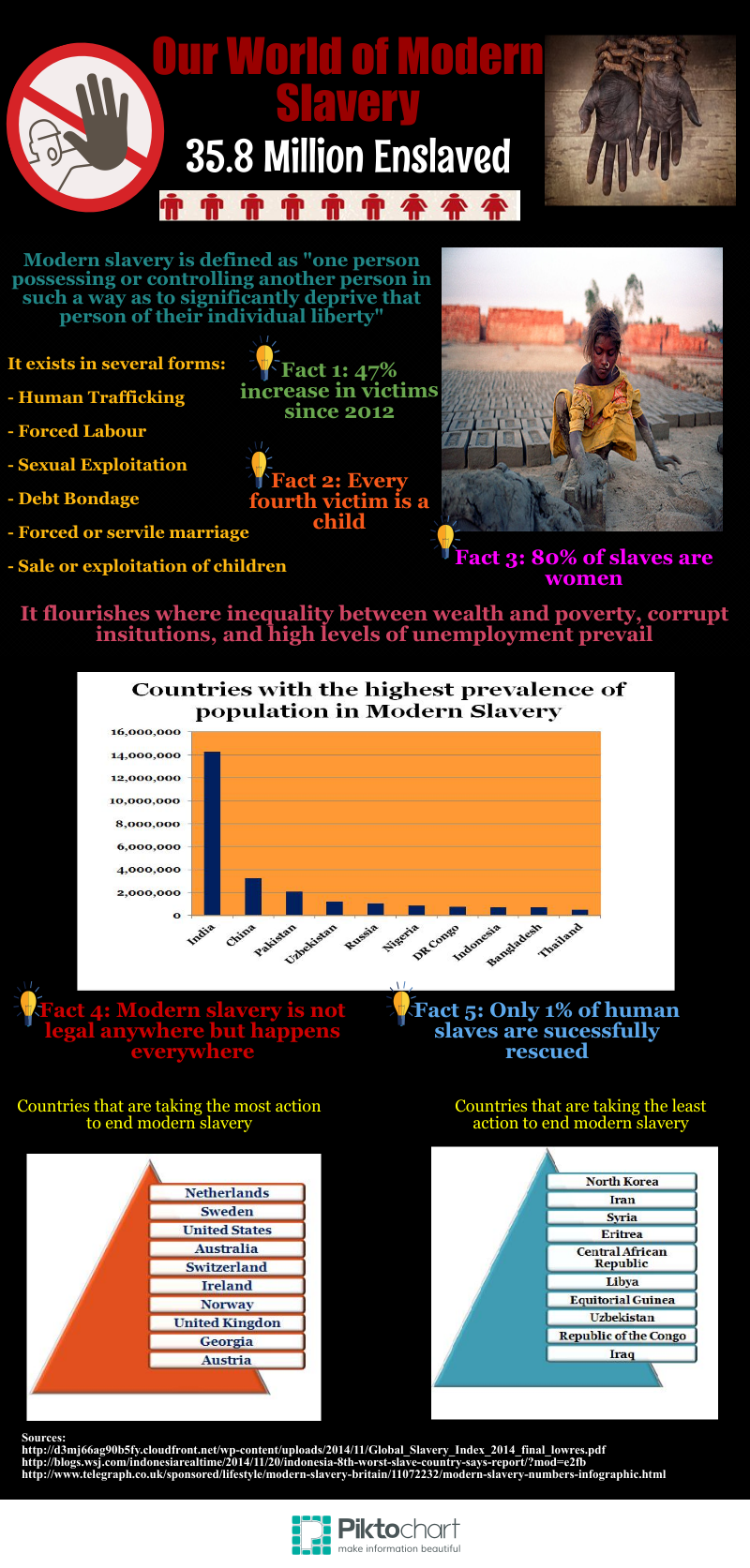The famous population theorist, Thomas Malthus, for better or worse, warned the world of the ill effects of population growth. His systemic theory of population postulated a negative correlation between escalation in human population and the economy. Malthus hypothesized that unchecked human population would soon outpace agricultural production, unleashing severe subsistence crisis. While, his abstraction cautioned the world of ‘self-restraint’ in the form of birth controls, India, projected to become the world’s most populous nation by 2028, has literally gone too far in addressing its overpopulation dilemma.
Highlights of India’s Controversial Sterilization Program:

Female sterilization or tubal ligation is the most popular, and, perhaps, the only family planning method in India. Health practitioners advocate sterilization as a means of ‘permanent contraception’ as it is cost-effective, less invasive and efficient. On the other hand, Vasectomy, which refers to male sterilization, is a much faster and less invasive procedure than tubal ligation. Despite complications of less than 1%, it remains to be a rare practice in the Indian subcontinent.
According to the UN Statistical Report 2006, India carries the world’s highest sterilization programs at 37%, leaving China behind at 29%. Between the years 2011-2012, it is estimated that approximately 4.6 million women in India were sterilized—marking the country the world’s top female sterilizer.
Between the years 2011-2012, it is estimated that approximately 4.6 million women in India were sterilized—marking the country the world’s top female sterilizer.
While, sterilization poses minimum potential risks, with a failure rate of less than 1%, it is crucial that the surgery be carried out in good clinical conditions involving increased staffing and strict supervision policies. However, failure to adhere to modern and professional medical techniques constitutes unintended life-threatening consequences to the patients. This is exemplified in the way the recent sterilization procedures transpired in Central India.

Earlier in November 2014, in the state of Chhattisgarh, 13 female patients were reported dead, with 50 hospitalized, after undergoing sterilization procedures in a high-volume and low-cost health camp. According to the local media, the camp was acutely understaffed and un-supervised, and the surgeon performing sterilizations operated on more than 80 female patients over the course of six hours—a complete breach of Indian law that prohibits doctors from performing more than 30 sterilizations in a day.
the surgeon performing sterilizations operated on more than 80 female patients over the course of six hours
A probe into the cause of deaths as a consequence of sterilization revealed negligence on the part of the doctor, who used infected/un-sterilized needles and gloves during the surgeries. Further, it was revealed that the antibiotics handed out to the patients at the sterilization camp were contaminated with zinc phosphide, a chemical compound commonly present in rat poison—a strong contributor to the deaths. While, India’s Health Ministry received severe international criticism for the incident, it seems that the country has yet to learn a lesson from this tragedy.
the antibiotics handed out to the patients at the sterilization camp were contaminated with zinc phosphide, a chemical compound commonly present in rat poison
Recently, another incident has surfaced highlighting the ills of India’s health care system in supervising its state-sponsored sterilization programs. In Odisha, India, it is reported that a cycle pump, instead of an insufflator, was used by a doctor to inflate the abdomen of approximately 56 women undergoing sterilization surgeries. It is suggested that medics commonly use cycle pumps for the procedure due to dire shortage of surgical equipments in the camps. Mahesh Prasad Rout, the doctor presiding over the operations, reported to the Indian press that over the past decade he has conducted approximately 60,000 operations using the same procedure.
it is reported that a cycle pump, instead of an insufflator, was used by a doctor to inflate the abdomen of approximately 56 women undergoing sterilization surgeries
Adequate attention to the quality of health care in India’s public health care system remains miniscule, with doctors, often, breaching professional protocols. While, the motive behind the sterilization program i.e. to control the booming population is legitimate, the very means by which it is conducted and implemented prohibits its success rate. In the second section of this two part series, the significance of India’s sterilization programs will be explored; more specifically the article will attempt to answer the question: Why is India sterilizing its women?




